The haunting sound of the shofar has echoed through Jewish history for millennia, carrying with it the weight of sacred tradition and profound spiritual significance. This ancient ram's horn trumpet, central to Jewish ritual practice, possesses unique acoustic properties that distinguish it from all other musical instruments. Unlike modern brass instruments with their precise engineering and standardized pitches, the shofar produces raw, untamed blasts that seem to speak directly to the soul.
The shofar's primal voice emerges from its simple construction - a hollowed-out animal horn with no finger holes, valves, or mouthpiece. When the shofar blower (ba'al tekiah) presses their lips against the narrow end and forces air through the small opening, the horn transforms breath into sound through complex acoustic phenomena. The resulting tones are not pure musical notes but rather rich clusters of harmonics that change subtly with each blast, creating what acousticians call "non-harmonic partials."
Traditional shofar blasts consist of three distinct sound patterns: the tekiah (a single unbroken tone), shevarim (three broken notes), and teruah (a rapid series of staccato blasts). Each produces unique acoustic signatures when analyzed with modern sound technology. The tekiah typically contains between four to eight detectable harmonic frequencies simultaneously, while the teruah shows particularly interesting amplitude modulation as the blower's diaphragm pulses to create the rapid succession of sounds.
What makes the shofar acoustically fascinating is its inherent unpredictability. No two shofars produce identical sounds, as each horn's unique curvature, thickness, and internal bore shape create distinct resonant properties. Modern spectrographic analysis reveals that even the same shofar played by different individuals will generate varying harmonic profiles, as the player's embouchure and breath control interact with the instrument's natural resonances.
The shofar's most remarkable acoustic feature may be its ability to cut through ambient noise and command attention. Psychoacoustic studies suggest that the instrument's dominant frequencies (typically between 500-1500 Hz) fall within the range where human hearing is most sensitive. This explains why shofar blasts can be heard clearly over great distances and why they create such an immediate visceral response in listeners - an effect that ancient Jewish sages intuitively understood when they described the shofar as "piercing the heavens."
Contemporary researchers have measured shofar blasts reaching volumes exceeding 100 decibels at close range, comparable to a chainsaw or motorcycle. Yet despite this intensity, the sound doesn't register as painfully loud to most listeners. This paradox stems from the shofar's complex waveform, which distributes acoustic energy across multiple frequencies rather than concentrating it at a single pitch like modern brass instruments.
The shofar's acoustic properties also vary significantly between different Jewish communities. Yemenite shofars, typically straight and made from the horns of kudu antelopes, produce deeper, more resonant tones than the curled ram's horn shofars common in Ashkenazi tradition. Moroccan Jewish communities sometimes use very long shofars that can generate exceptionally low frequencies, while some Sephardic traditions favor smaller horns that create brighter, more piercing sounds.
Modern scientific analysis has revealed unexpected sophistication in this ancient instrument's sound production. High-speed video of shofar blowing shows that the player's lips vibrate at frequencies between 100-300 Hz, while the horn itself amplifies and modifies these vibrations through its natural acoustic filtering. The resulting sound carries emotional and spiritual meaning that transcends its physical properties, yet those very properties make this transcendence possible.
As researchers continue to study the shofar's acoustics, they uncover new layers of complexity in what might appear to be a simple natural object. From the physics of standing waves within the curved horn to the psychoacoustic impact of its raw, unpolished tones, the shofar remains one of humanity's most spiritually potent sound-producing instruments - a bridge between physical vibration and metaphysical awakening that has called generations to reflection, repentance, and renewal.
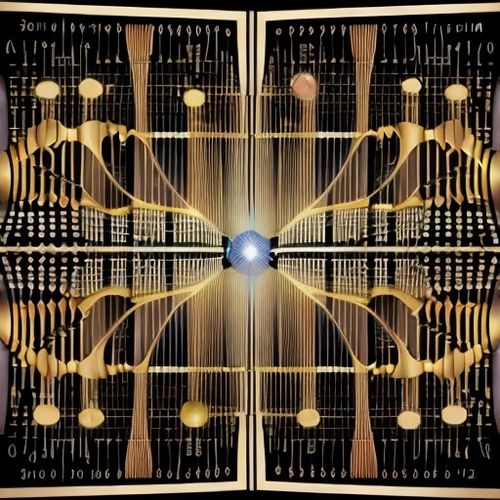
By William Miller/Apr 14, 2025
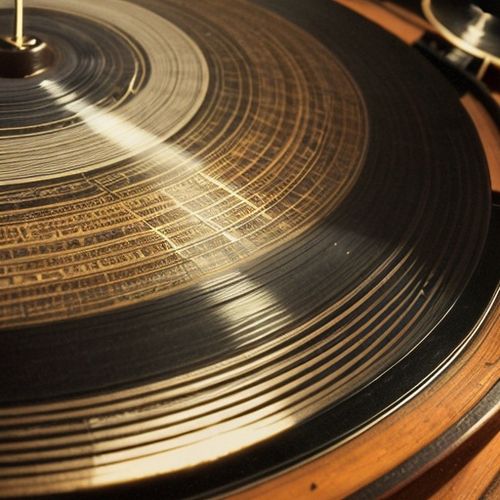
By George Bailey/Apr 14, 2025
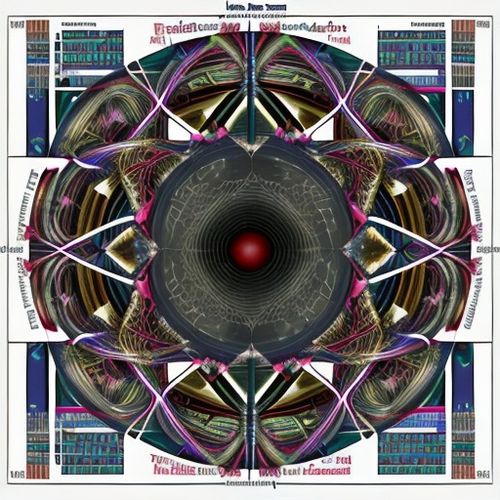
By Noah Bell/Apr 14, 2025

By Victoria Gonzalez/Apr 14, 2025

By Michael Brown/Apr 14, 2025

By Sophia Lewis/Apr 14, 2025

By Sarah Davis/Apr 14, 2025
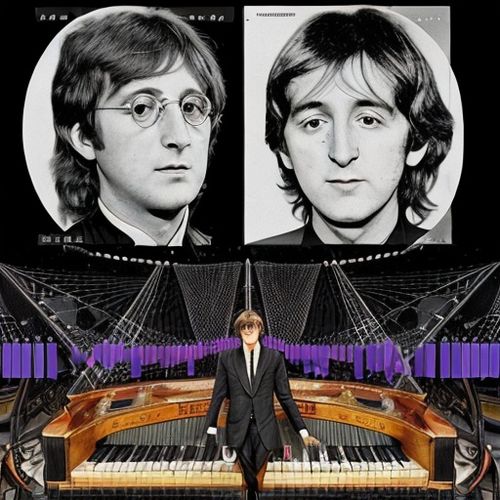
By Thomas Roberts/Apr 14, 2025

By Sophia Lewis/Apr 14, 2025

By William Miller/Apr 14, 2025
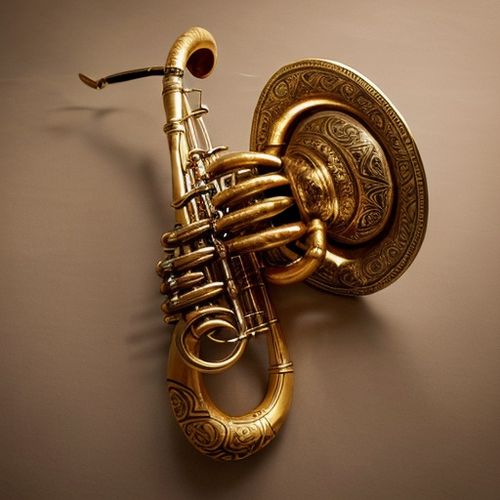
By Benjamin Evans/Apr 14, 2025

By Victoria Gonzalez/Apr 14, 2025

By Joshua Howard/Apr 14, 2025
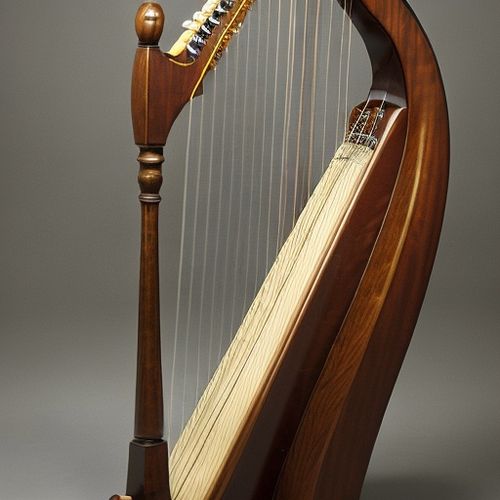
By Lily Simpson/Apr 14, 2025
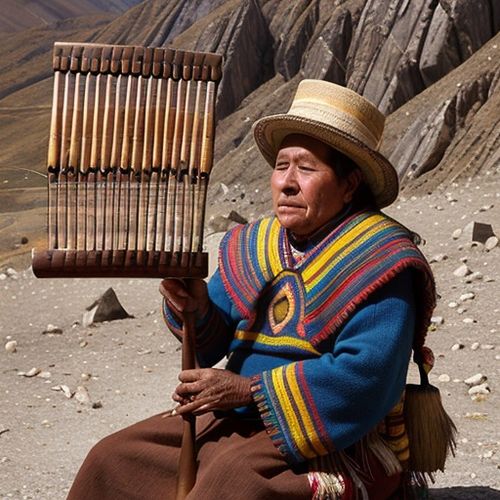
By Natalie Campbell/Apr 14, 2025
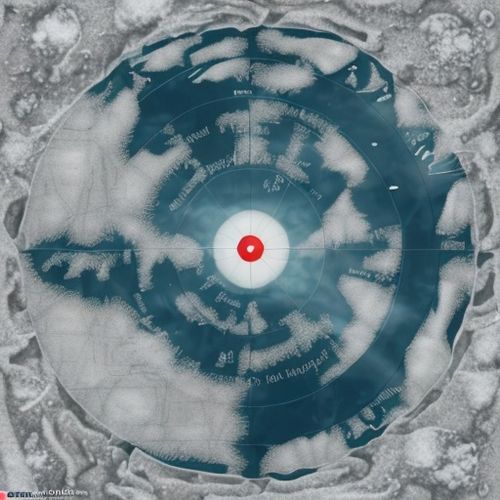
By Daniel Scott/Apr 14, 2025
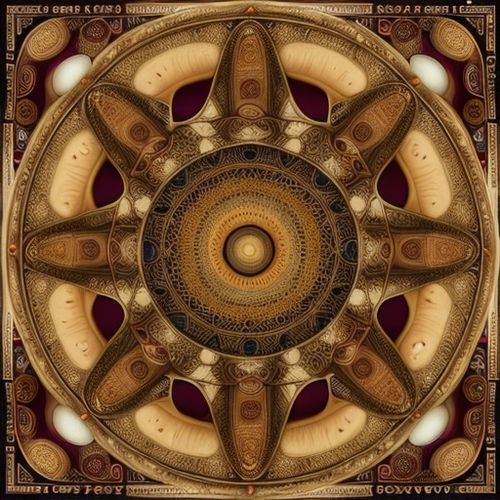
By Joshua Howard/Apr 14, 2025
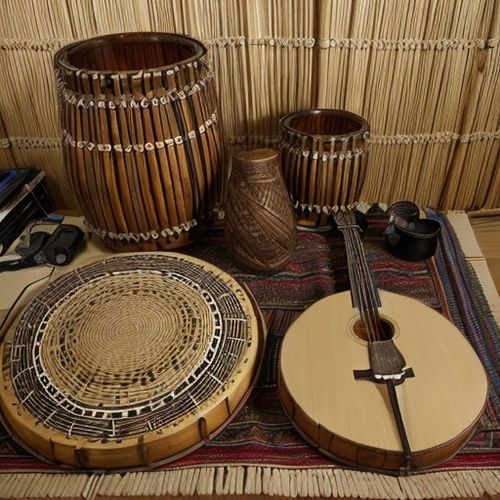
By George Bailey/Apr 14, 2025

By Noah Bell/Apr 14, 2025

By Rebecca Stewart/Apr 14, 2025